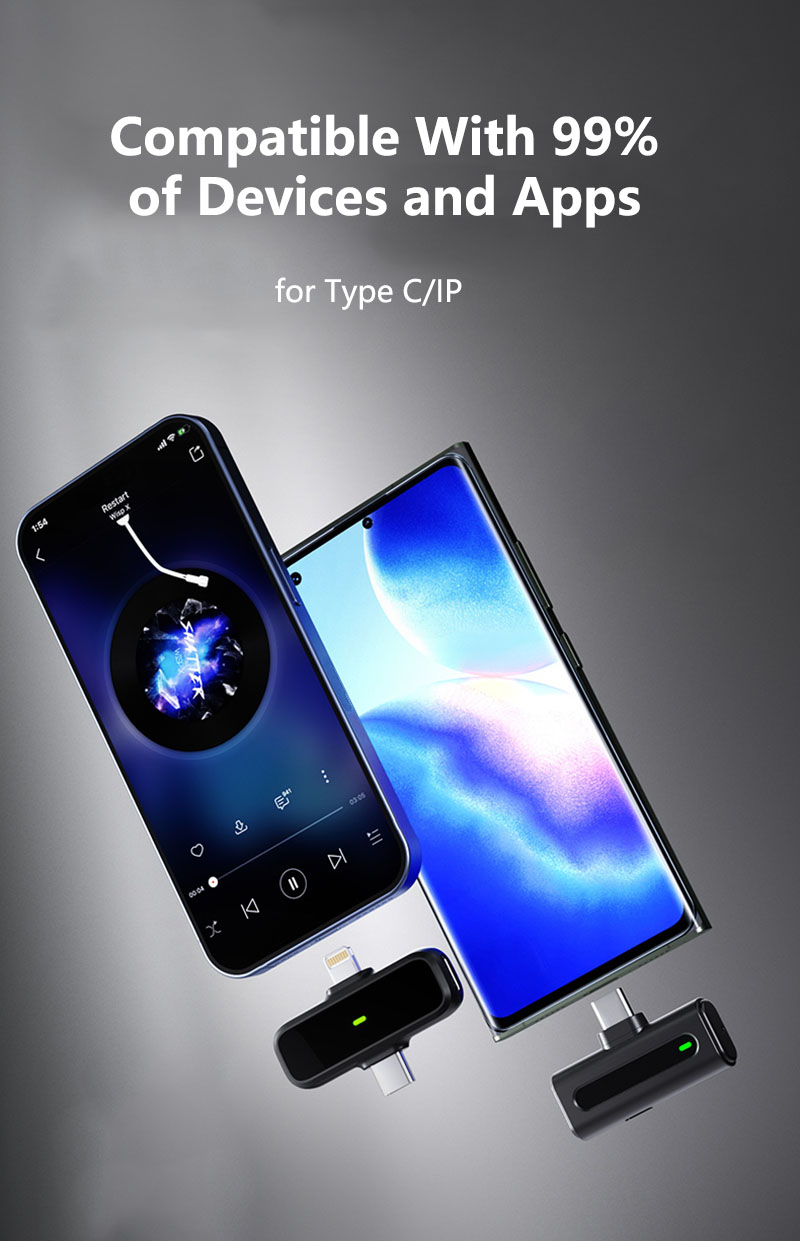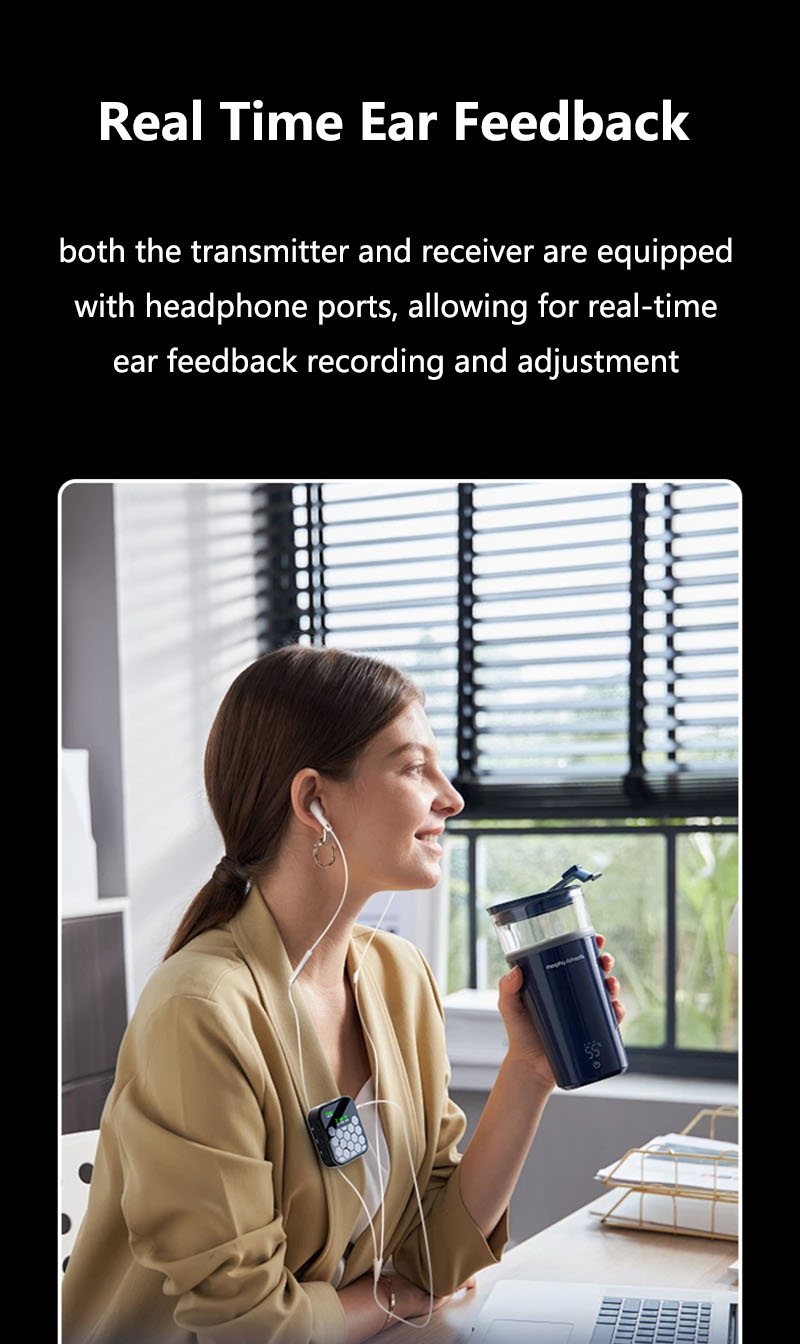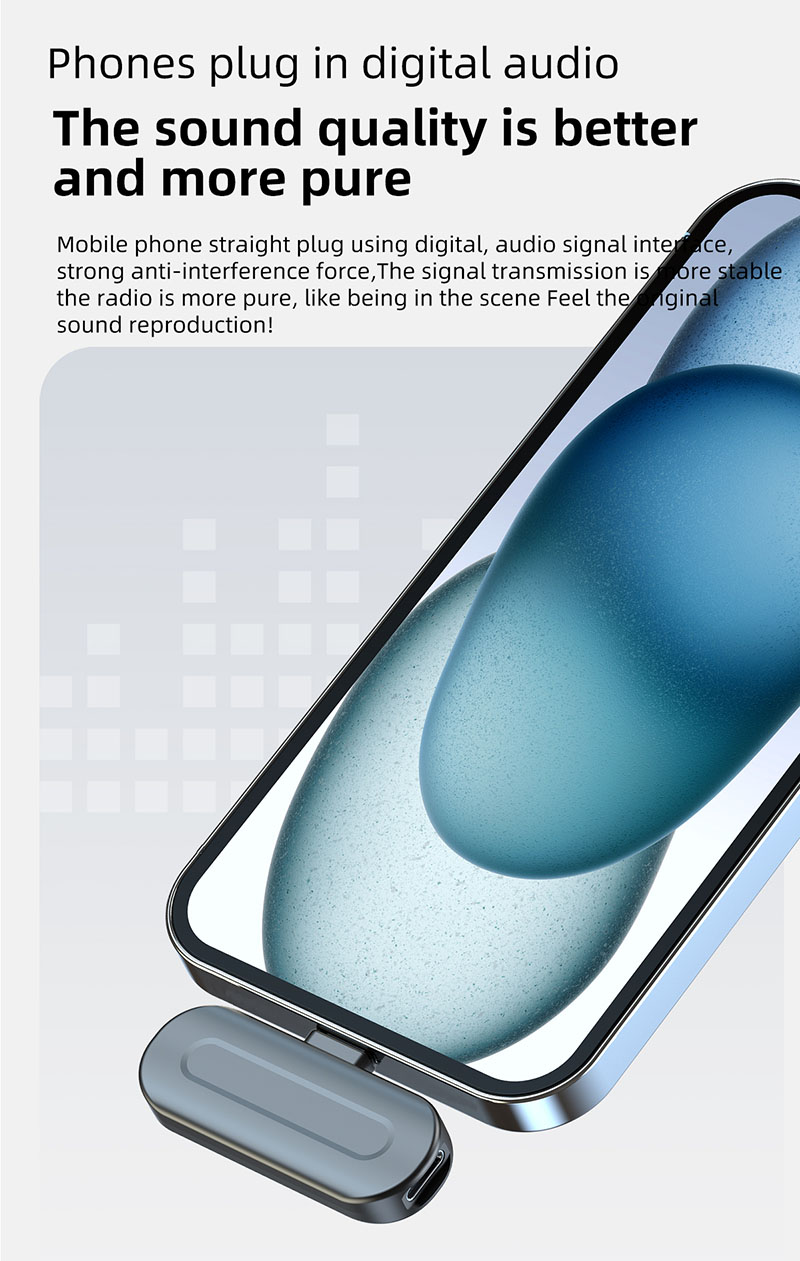How Do Wireless Lavalier Microphones Work
How Do Wireless Lavalier Microphones Work
How Do Wireless Lavalier Microphones Work

BEWIN Wireless lavalier microphones, also known as lapel microphones, have become essential tools in various fields such as broadcasting, public speaking, theater, and content creation. Their compact design, ease of use, and ability to deliver clear audio without restricting movement make them a popular choice. But how exactly do these devices work? Let’s break it down.
1. The Basics of a Lavalier Microphone
BEWIN lavalier microphone is a small microphone that is typically clipped to the user’s clothing, usually near the chest or collar. Its primary purpose is to capture the speaker’s voice clearly while remaining discreet. In a wireless setup, the microphone is connected to a transmitter, which sends the audio signal to a receiver without the need for physical cables.
2. Key Components of a Wireless Lavalier System
A wireless lavalier microphone system consists of three main components:
- Microphone: The lavalier mic itself, which captures sound waves and converts them into an electrical audio signal.
- Transmitter: A small device that attaches to the user (often clipped to a belt or placed in a pocket). It receives the audio signal from the microphone and transmits it wirelessly to the receiver.
- Receiver: A separate device that picks up the transmitted signal and converts it back into an audio signal, which can then be sent to a recording device, sound system, or camera.
3. How Sound is Transmitted Wirelessly
The process of transmitting audio wirelessly involves several steps:
- Sound Capture: The lavalier microphone captures the speaker’s voice and converts it into an electrical signal.
- Signal Transmission: The transmitter modulates the audio signal onto a radio frequency (RF) carrier wave. This modulated signal is then broadcast through an antenna.
- Signal Reception: The receiver, tuned to the same frequency as the transmitter, picks up the RF signal via its antenna.
- Signal Demodulation: The receiver extracts the original audio signal from the RF carrier wave.
- Audio Output: The demodulated audio signal is sent to an external device, such as a camera, mixer, or recorder, for further processing or playback.
4. Frequency Bands and Interference
Wireless lavalier microphones operate within specific frequency bands, such as VHF (Very High Frequency), UHF (Ultra High Frequency), or 2.4 GHz. Each band has its advantages and limitations:
- VHF: Offers longer range but is more susceptible to interference from other electronic devices.
- UHF: Provides better signal quality and less interference, making it ideal for professional use.
- 2.4 GHz: Commonly used in consumer-grade devices, offering good performance but with potential interference from Wi-Fi and Bluetooth devices.
To avoid interference, many wireless systems allow users to select from multiple channels within a frequency band. Some advanced systems also feature automatic frequency selection to ensure optimal performance.
5. Advantages of Wireless Lavalier Microphones
- Mobility: The absence of cables allows the speaker to move freely, making it ideal for presentations, performances, and on-location filming.
- Discreetness: The small size of the microphone makes it unobtrusive, ensuring the focus remains on the speaker.
- Versatility: Wireless lavalier systems can be used with a wide range of devices, including cameras, smartphones, and audio recorders.
6. Challenges and Considerations
While wireless lavalier microphones offer many benefits, they also come with some challenges:
- Battery Life: Both the transmitter and receiver require power, so managing battery life is crucial.
- Signal Dropouts: Interference or obstacles can cause signal loss, leading to audio dropouts.
- Latency: Some systems may introduce a slight delay between the audio capture and playback, though this is minimal in high-quality devices.
7. Applications of Wireless Lavalier Microphones
Wireless lavalier microphones are widely used in:
- Film and Video Production: For capturing clear dialogue in interviews, documentaries, and films.
- Live Events: To ensure speakers and performers are heard clearly by the audience.
- Education and Training: For lectures, workshops, and online courses.
- Corporate Settings: During presentations, meetings, and conferences.
Conclusion
BEWIN Wireless lavalier microphones are a testament to the advancements in audio technology, combining convenience, clarity, and versatility. By understanding how they work, users can make informed decisions when selecting and operating these devices, ensuring optimal performance in any setting. Whether you’re a filmmaker, educator, or public speaker, a wireless lavalier microphone can significantly enhance your audio experience.




